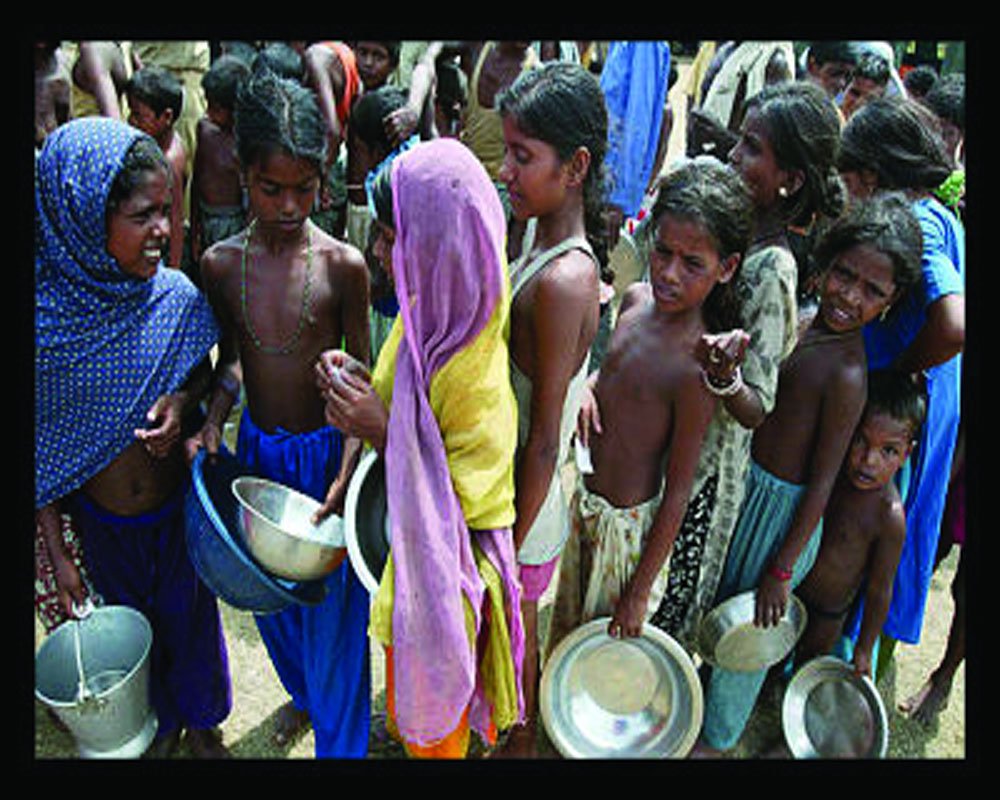A change is slowly but surely coming as the pregnant women in vulnerable communities are spending on nutritious food and getting antenatal checkups.
There has been a 14.8% improvement in nutrition knowledge and an eight per cent increase in the number of women spending cash on nutritious food, informs Gohil. This data is based on the information collated by the team that follows up to check whether or not the money has been spent on food.
Vulnerable Sahariyas
“A majority of the Sahariya tribe work as daily wagers. They lose wages when they have to stay in hospital for a couple of days. Cash transfers provide direct benefit and help them buy nutritious food,” says Ravi Mittal, Child Development Project officer, Kishanganj block.
Mittal contends this is bringing change in a place once known as the malnutrition area. “Saharaiya women and their families are more aware now of the correlation between the mother’s nutrition and the health of their babies, thanks to the partnership between our frontline workers and RajPusht PCs. Clearly, increased nutrition knowledge and, cash transfers helped Vimla improve her own nutrition and also prevent Tarush from becoming undernourished,” says Mittal.
ANM Sunita Jungam, who works at the Khelwara CHC, Kishanganj block, reveals that the block is known as a ‘pre-term area’. Jungam, who has been working at the CHC for the last 10 years, says that although there has been a decrease in the number of pre-term and low-birth babies, it has not completely stopped. “Most of these are among women of the Sahariya community. Lack of awareness about their health and nutrition among pregnant women, early marriages and anaemia are the causes. Their babies require close monitoring and follow up,” contends Jungam.
Poshan Champions Matter
This is done with the help of frontline workers and RajPusht PCs. Once the weight of the baby and the name of the mother are recorded on the digital weighing machine installed under this programme to ensure accurate recording of weight, it provides details of her village and its designated ASHA. Then, once the child returns home, the responsibility shifts to the ASHA, who also alerts the concerned PC working in the area.
So, after Tarush returned home he was visited by the ASHA. But it was the commitment and dedication shown by PC Rajendra Kushwah that ensured Vimla received focussed attention. Besides providing information on the importance of nutritious food for herself and appropriate feeding practices for her newborn, constant monitoring and motivation helped to pull Tarush back from the brink of wasting.
“Seeing him healthy gives me immense satisfaction that all my hard work over the past two and half years has paid off. I feel happy that I was able to motivat her family members also to ensure Vimlaji was well nourished after giving birth. Her mother-in-law was very supportive. She understood the importance of mother’s milk for Tarush and also learnt how to give kangaroo mother care. I made several visits to check and monitor the health of both mother and child. I also helped AWW Sushila didi to facilitate cash transfer under IGMYP so that Vimlaji could buy nutritious food,” says Kushwah.
It was only after becoming aware of its benefits that she began to pay greater attention to her diet, says Vimla. “I realised that I wouldn’t be able to give Tarush the care he needed as a low birth baby if I remained undernourished. I received Rs 2000 as first IGMPY instalment and used it to buy ghee to roast dalia,” she says.
Winds of Change
There has been a behavioural change among the Sahariya community now, says AWW Sushila Bai who has been working since 2001. “Vimla’s mother- in- law gave gutti to her own children. But after interactions with Rajendrabhai, she allowed her grandson to be exclusively breastfed,” says Sushila.
In Baran, approximately 20, 000 children are born every year. Four out of ten children are underweight, according to NFHS-5. But the good news is that more women, both pregnant and lactating, are spending on nutritious food, completing the necessary four antenatal checkups and practising exclusive breastfeeding till the child is six months old. Hopefully, the current glitches in ensuring timely cash transfers will be resolved quickly so that the critical window of opportunity to prevent malnutrition in the child’s first 1,000 days doesn’t slip out of hand.
(The writer is a senior journalist)
